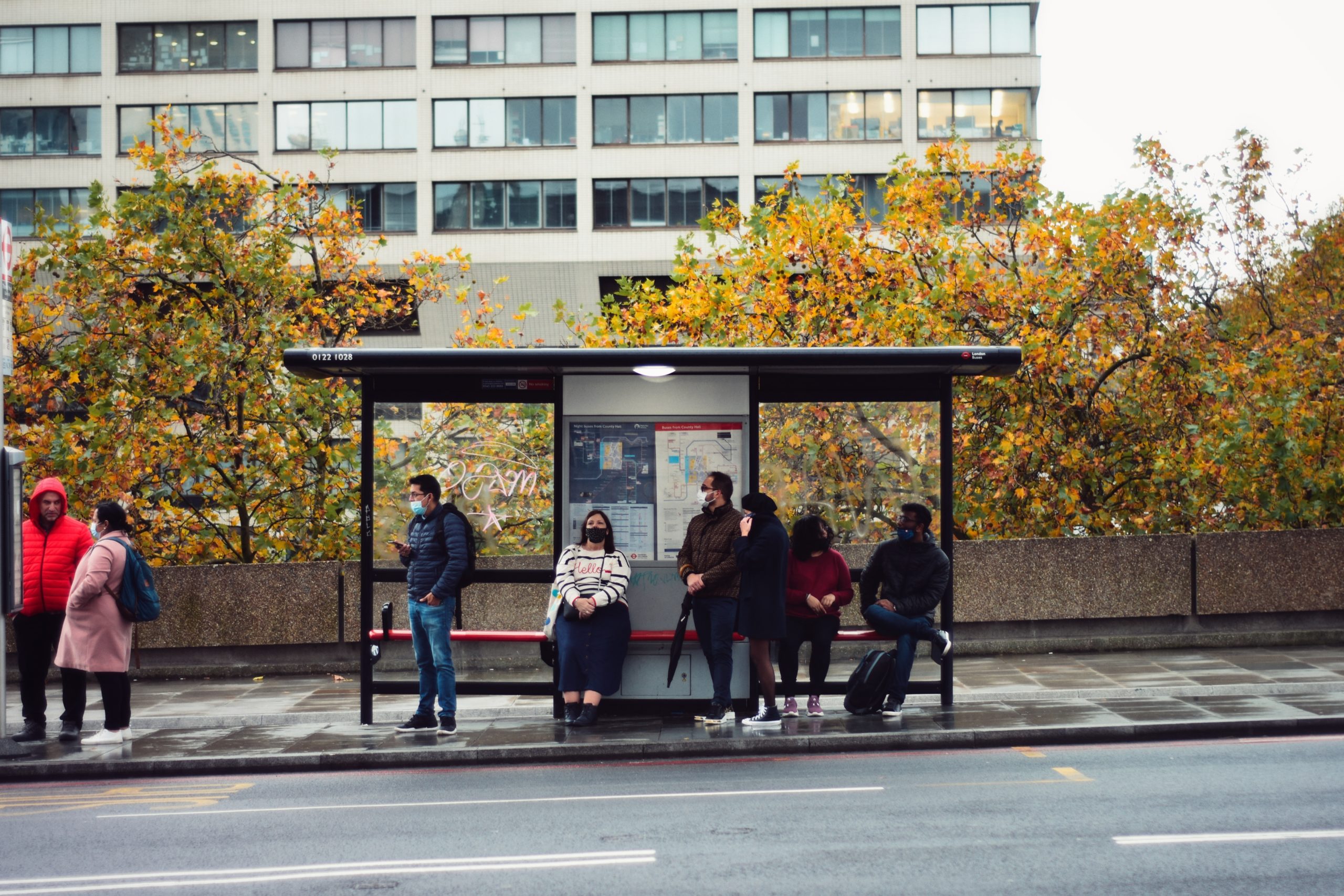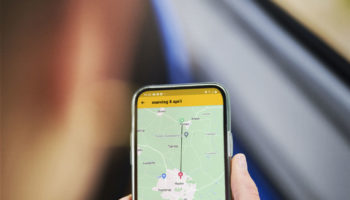A recent audience question at a webinar outlined the extent of the challenge local transport faces in the UK:
Councils often use metrics as subsidy per passenger journey as a means of deciding value for money. In Kent, the figure is £3 and a number of routes are potentially to be withdrawn for exceeding this figure. Is DRT viable within such a limit?
Obviously, there’s no straightforward reply. The routes that fall to councils to fund are, by their nature, the ones that bus operators cannot make commercially viable. The question is, are they ‘a little unviable’ (meet the up to £3 / passenger journey threshold) or ‘very unviable’ (require more – and in some instances – much more subsidy).
In most cases the problem is dealing with the network in route by route way. A gradual process of removal of unprofitable bits (entire routes or service hours) erodes the remaining services and creates a constant downward spiral.
The move to look at networks as a whole in the context of Bus Service Improvement Plans and Enhanced Partnerships could potentially move the focus and put these routes in context. This would help evaluate whether a point to point route or an area based DRT service (potentially wrapping more than one lower utilisation route into a single operation) is a better approach.
Increase passengers
Wherever possible, we look – as broadly as possible – at passenger groups, vehicle numbers and operators to determine the optimal service.
The questions we ask are ‘where can DRT drive up patronage, so that the per passenger subsidy goes down?’, ‘How can we reduce vehicle numbers to ensure that the fleet is efficient?’ and ‘How can we combine operators and services available to ensure that all capacity is utilised?’.
The first approach, driving up patronage, is most likely to work in densely populated areas. The ball-park estimate for DRT to be fully commercial is an average of 7-8 people per vehicle throughout the day. However, because it uses smaller vehicles, DRT doesn’t have the same capacity for higher loads and peak fares to cover off-peak times, so the vehicles have to be matched more closely to demand. In services at larger scales, we can use data to plan vehicle deployment and keep the utilisation rates as high as possible.
In addition, encouraging advance booking really helps with both increasing passenger numbers and operational planning. Pre-booking means people can plan their days in advance and depend on the service. The information from pre-bookings ensure that the operator has good information ahead of the start of each day. We see around 75% of passengers booking in advance, which validates our expectation that people use this as reliable public transport rather than a taxi equivalent.
Segmented, not fragmented
The second is to drive down costs per person by ensuring that the services provide transport to people from different groups and with different travel needs. This is considering passengers as segments of the travelling public, rather than as fragmented groups.
In most cases this requires an honest look at services and identifying where they are siloed. For instance we’ve seen several cases of Ring & Ride access services being operated in parallel with DDRT services because different funding streams procure different resources, and the services don’t speak to each other.
Back during Total Transport pilots, over capacity was identified by authorities and there was a huge desire to maximise utilisation of vehicles. Whilst there was some success in reducing requirements it proved difficult to execute sophisticated ideas about fleet optimisation or combining use cases and we still saw costs per passenger trip of over £20 in some cases.
However, the capability of the technology has come a long way in the last 3 years. The Padam Mobility platform is able to combine multiple operators into a single service. Our sophisticated software means we can also merge different use cases with one service. It also offers a paratransit software element in order to handle social service and health care transport, providing the right vehicle for the trips needed and optimising the overall fleet management. This can radically cut the subsidy required. We now have use cases in which we blend dial-a-ride, DRT and other forms of transport to reduce the overall spend for Local Authorities.
In one area we combine DRT with home to school transport using the same vehicles. This reduces the the cost of the home-to-school from around £10 per head down to £5. Adding in further deployments which increases the utilisation could lower this further. In Strasbourg, we blend door to door ‘paratransit’ with bus stop to bus stop DRT, using the same fleet. We are now in advanced discussions with one UK authority to launch a similar service this year.
There has also been a reluctance to register some commuter shuttle style DRT – often serving previously unserved business parks and out of town distribution centres – as part of the wider public transport network. Whilst this imposes additional constraints on the service provider, Enhanced Partnerships are an opportunity to work out how to make the broadening of registration worthwhile in order to increase the numbers of people served. Bringing these services into wider use through integration onto a publicly managed DRT platform could improve services relatively cheaply.
Optimise multi-operator services
It’s increasingly worthwhile to look at how DDRT platform technologies – such as Padam Mobility – can host efficient cross contract services. A sophisticated DRT platform can manage a service supplied by community transport or even taxis at some times of day whilst moving to a bus operator on a fixed time table at others. Padam Mobility has combined multiple operators in this way for the Île-de-France Mobilités service that connects people who live on the outer edges of suburbs beyond the Paris metropolitan area. We observe instances where the work of 20 minibuses can now be done by 12, which obviously implies significant savings.
So whilst it’s difficult to bring costs per passenger journey right down in isolation, we’ve found that a holistic approach will bear dividends.
In the current climate, as local authorities and operators work on networks together, there is the possibility to drive down per passenger subsidies to within the £3 limit – whilst still improving services and increasing the number of people who have the option to take the bus.
This article might also interest you: Integrating DDRT into BSIPS – Six Practical Tips
Learn more about Padam Mobility



